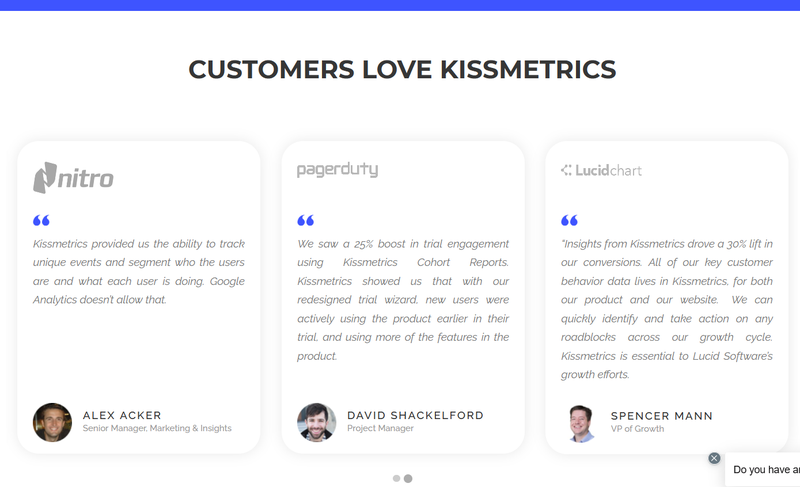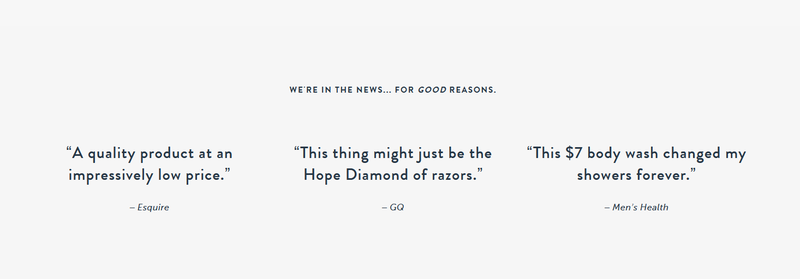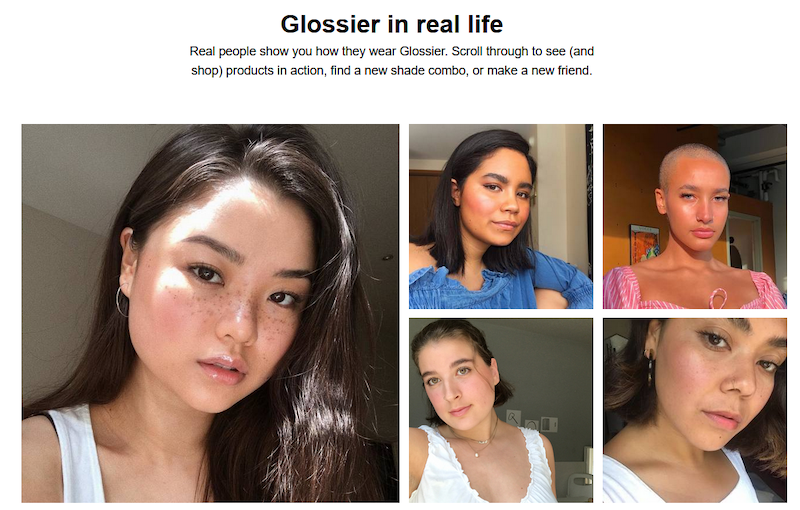One of the hardest things for a new business is to build trust. When you’re brand new, customers don’t know you, and therefore they are reluctant to buy from you. Getting over that hump is not easy, and many businesses never figure it out.
The best way to build the trust early on — and it’s something you should continue to do even after you’ve hit it big — is to find a few customers who will rave about you and feature their positive comments on your website, which is known as a testimonial. This signals to people who visit your site that you’re not just some random business on the internet, but a trustworthy organization with a track record.
When you’ve satisfied your customer’s needs, crow about it a little. Testimonials tell the story of how you’ve done it for a customer and are therefore worthy of others putting their trust in you. Here’s what you need to know about testimonials, and some examples of how to implement them on your website.
Overview: What is a testimonial?
A testimonial is positive feedback from buyers of your product or service. You feature it on promotional materials to encourage other potential buyers to open their wallets. Client testimonials affirm to potential customers who aren’t quite sure whether to trust your company that, “other people have purchased from us and ended up satisfied, so you should, too.”
Testimonials may speak to just one component of the customer lifecycle, or to all stages, and they can be given voluntarily to the company or the company may solicit customers for them. Sometimes, companies use paid endorsements.
Types of testimonials
Testimonials take many forms and are valuable for businesses selling both online and offline. By emphasizing the customer experience, they help drive sales volume and boost overall profitability, so consider them if you struggle to close potential customers who visit your website or store. Businesses commonly use the following four types of testimonials.
1. Social media
Social media has become a powerful branding tool due to its power to drive communication with customers. It identifies real people and allows companies to embed posts from happy customers directly on their site.
You can create hashtags to start a conversation about your products or services, and users can share images using your products. Instagram, Twitter, and Facebook have been the top platforms for these types of testimonials, but LinkedIn, Pinterest, and other social media platforms shouldn’t be ignored.
2. Customer reviews
Customer reviews have become big in recent years. Customers want to know the real opinions of other buyers, and some sites build their entire business models around collecting consumer reviews for product directories.
These reviews create social proof and allow customers to identify with those who have similar needs and expectations. Good reviews increase trust in a business, which in turn increases the likelihood of a customer purchase.
3. Influencer testimonials
Brands increasingly reach out to “influencers” to help sell a product. Influencers are social media celebrities with large followings who sometimes endorse a product or service. These influencer deals can significantly increase brand awareness and consequently provide a boost to sales. Companies may reach out to influencers directly, and sometimes develop long-term relationships with them.
4. Website testimonials
Then there’s the tried-and-true method of customer testimonials: featuring positive feedback on your website. That way, when a customer visits your website, perhaps through an ad, they see others have had positive experiences and may be more willing to trust your company. A good way to do this: reach out to happy customers and ask if they’d write a quick review you can feature on your website.
Be careful when it comes to testimonials, however. Testimonials or testimonial advertising that isn’t completely true or made up entirely may be considered false or deceptive advertising and therefore against the law.
And if you’re considering offering something of value in exchange for a testimonial, consult with a lawyer first. It’s possible to fall afoul of the law here — typically, you must clearly state to visitors what item of value you’ve offered for the testimonial.
5 testimonial page examples to replicate on your website
Wondering what a good testimonial page looks like? Check out these five solid examples that hopefully will inspire your own site design.
1. Kissmetrics
Kissmetrics — a product and marketing analytics company — features a large “Customers Love Kissmetrics” section, complete with real names and even profile pictures of those who left customer quotes to give the clear impression that these are real people with real business needs who were happy with the product.

2. Codecademy
Codecademy — which helps people learn how to write software code — went a different route than the standard practice of providing a quote from a customer. Instead, they decided to tell their stories with video testimonials.
The featured video on their Codecademy Stories page tells how three students “changed their lives” with Codecademy. The video not only puts a human face to the testimonial but also a voice and a personal story that goes beyond a “we were satisfied with the product” statement.

3. Blue Apron
Blue Apron — the meal delivery service — goes hard on brand engagement through social media. Their Instagram account, which has more than 300,000 followers, often features people showcasing the Blue Apron box contents and how to cook it.
They are often tagged by users or paid influencers. For example, user @inspirationformoms — which has more than 40,000 followers — posted a paid partnership post in which a mother and her son cooked up some cheesy quesadillas from a recent Blue Apron shipment.

4. Harry’s
A little media coverage can go a long way, so if anyone has written positively about your product, trumpet it to your site’s visitors. That’s what Harry’s — a razor and men’s hygiene products subscription company — does on their site.
They feature reviews from publications such as Esquire, GQ, and Men’s Health. Chances are, you haven’t landed that kind of publicity yet, but if a niche blog has mentioned you in a positive light, that is good to feature on your website.

5. Glossier
It’s one thing for customers to tell your visitors how your products helped them — but showing is even better. That’s what Glossier — a makeup company — has done, integrating Instagram into its sites and showing how real customers have used their products. It’s an effective strategy that gives a human feel to your products and also shows them exactly how they would benefit from using your products.

Make testimonials part of a brand new customer strategy
Testimonials are one part of an overarching branding and marketing strategy. If you want to
change your outreach to customers and emphasize your customer service, testimonials are a great place to start, but you must make other adjustments as well.
For one thing, explore new customer service software to build around. This software offers features that will help with customer retention as well as new customer acquisition. Overall, you’ll be more organized as a business.
Draw up a strategy with your team and figure out the best way to feature testimonials on your website. Should you use social media? Is video a good option? What other creative methods are likely to resonate with visitors? Should you draw up a customer satisfaction survey to find out how to get more testimonials? Should you hire a customer success manager to drive this strategy? Answer those questions and start experimenting.
The post How Testimonials Can Boost Your Credibility appeared first on The blueprint and is written by DP Taylor
Original source: The blueprint


